When it comes to optimizing the performance of a dump trailer, making the bed slippery can significantly enhance its functionality. This article delves into the best methods to achieve this, exploring various techniques, materials, and practical tips that ensure your dump trailer operates efficiently without compromising safety.
Understanding the Mechanics of a Dump Trailer
At its core, a dump trailer is designed to transport and unload heavy materials, from gravel to debris. The efficiency of this process can be greatly influenced by the surface of the trailer bed. A slippery surface reduces friction, allowing materials to slide out smoothly, thereby minimizing the risk of clogs and ensuring a swift unloading process. Understanding this fundamental aspect is essential for optimizing your dump trailer’s effectiveness.
Why Slippery Surfaces Matter
- Efficiency in Unloading: A slippery surface facilitates seamless dumping, preventing material buildup.
- Reduced Wear and Tear: By reducing friction, you protect both the cargo and the dump trailer from unnecessary damage.
- Safety: An efficiently designed trailer lessens the risk of accidents during unloading.

Materials and Techniques for Creating Slippery Surfaces
There are several methods and materials that are commonly used to ensure a dump trailer bed remains slippery:
1. Polyethylene Sheets
Polyethylene is a popular choice for creating a slippery surface due to its low friction properties. Here’s how to install it:
- Choose the Right Thickness: 1/2 inch sheets are often recommended for durability.
- Cut to Size: Measure your dump trailer bed and cut the sheets accordingly, ensuring they fit snugly.
- Fastening: Secure using stainless steel screws or bolts to avoid rust.
| Advantages | Disadvantages |
|---|---|
| High durability | Higher initial cost |
| Excellent friction reduction | Requires professional installation in some cases |
2. Oil or Lubricants
Using oil or specialized lubricants can temporarily enhance slipperiness. However:
- Application Method: Use a spray application for even coverage. Ensure the trailer is clean before applying.
- Maintenance: This requires reapplication, especially under adverse weather conditions.
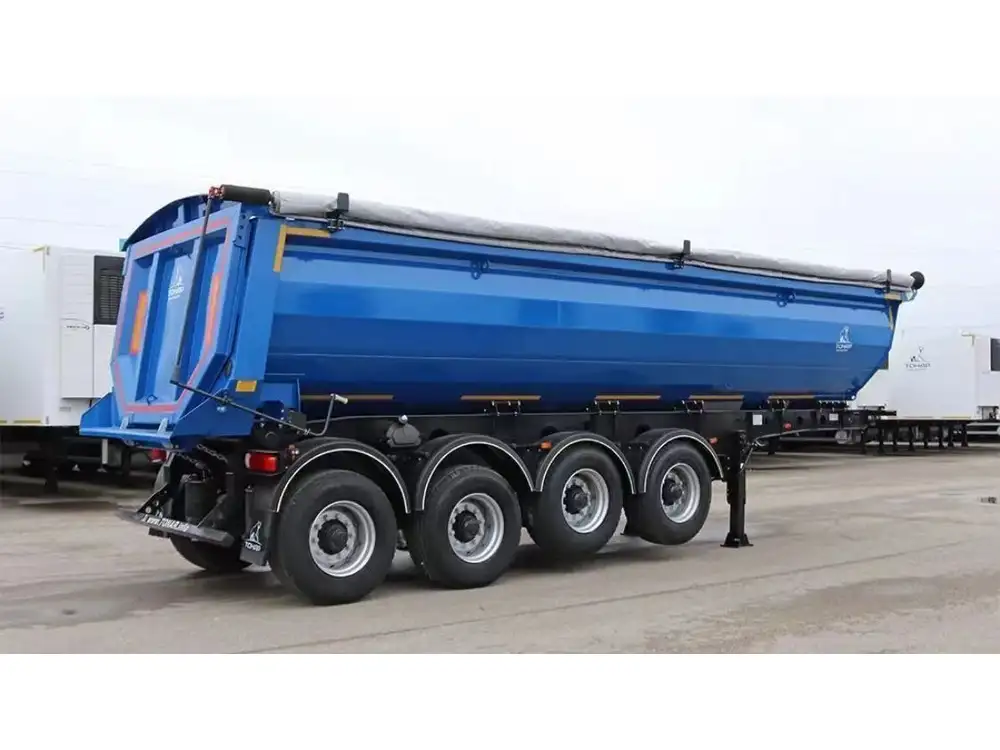
3. Non-Stick Coatings
A non-stick durable paint or spray can be an effective long-term solution.
- Preparation: Clean and sand the trailer surface thoroughly.
- Application: Follow the manufacturer’s instructions for applying the coating evenly.
| Pros | Cons |
|---|---|
| Long-lasting | Initial preparation time |
| Easy to clean | May require frequent maintenance if exposed to harsh conditions |
4. Rubberized Liners
Rubber liners can also provide a flexible option for enhancing slipperiness.
- Installation: These can be glued or glued and bolted onto the trailer bed.
- Benefits: They absorb shocks and reduce noise when dumping.
5. Aluminum or Steel Surfaces
While not inherently slippery, polishing aluminum or galvanizing steel can create a slick surface.
- Polish Methodology:
- Use a buffing wheel and a polishing compound.
- Regular maintenance is necessary to retain the shine and slipperiness.
| Material | Slippery Potential | Maintenance |
|---|---|---|
| Aluminum | High | Regular polishing |
| Steel | Moderate | Coating to prevent rust |
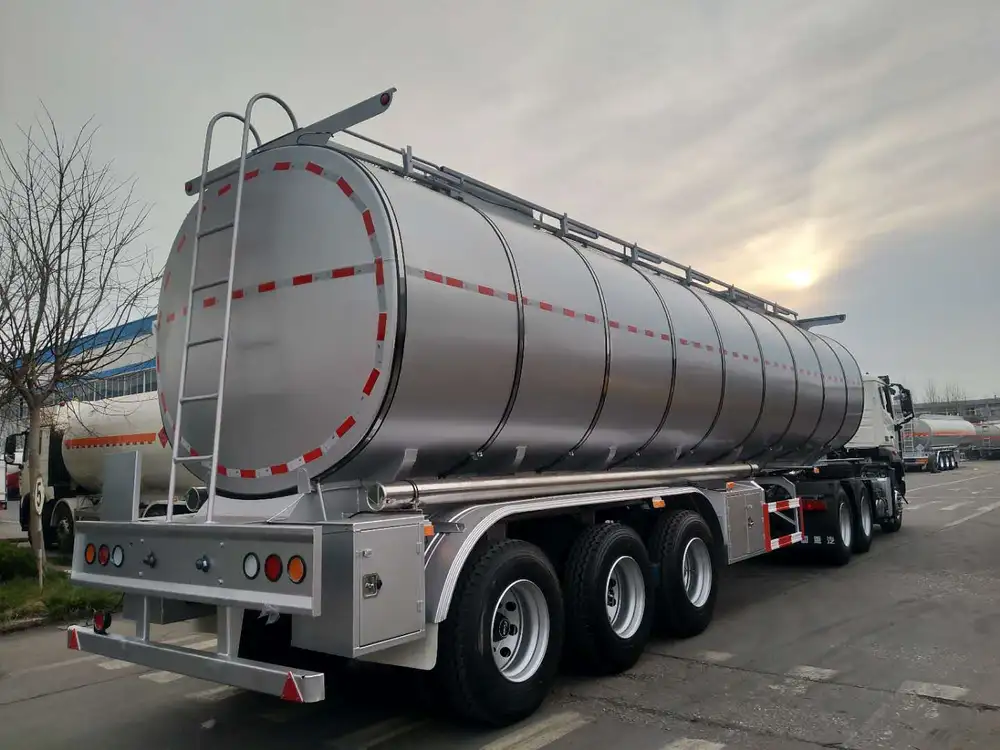
Step-by-Step Guide
1. Preparation Phase
Before implementing any method, proper preparation is vital. Follow these steps:
- Thorough Cleaning: Remove all debris and wash the trailer with soap and water. A pressure washer can be beneficial.
- Drying: Allow sufficient time for the trailer to dry completely.
2. Choose Your Method
Decide which of the aforementioned methods aligns best with your operating conditions and budget.

3. Application Process
Follow the specific application steps outlined for each method. Here’s an example using polyethylene sheets:
- Measure and Cut: Precise measurements are crucial for ensuring optimal fit and adhesion.
- Attach: Utilize a drill to secure sheets firmly to the trailer bed.
4. Routine Maintenance
Regardless of the method chosen, routine maintenance cannot be overlooked:
- Inspect for Damage: Regularly check for tears or wear in the chosen material.
- Reapply as Needed: Lubricants or coatings will require periodic touch-ups to maintain effectiveness.
Comparison of Methods
| Method | Speed of Application | Cost-Effectiveness | Durability |
|---|---|---|---|
| Polyethylene | Moderate | Moderate | High |
| Oil/Lubricants | Quick | Low | Low |
| Non-Stick Coating | Moderate | Moderate | High |
| Rubberized Liners | Moderate | Moderate | Moderate to High |
| Polished Surfaces | Slow | Moderate | High |
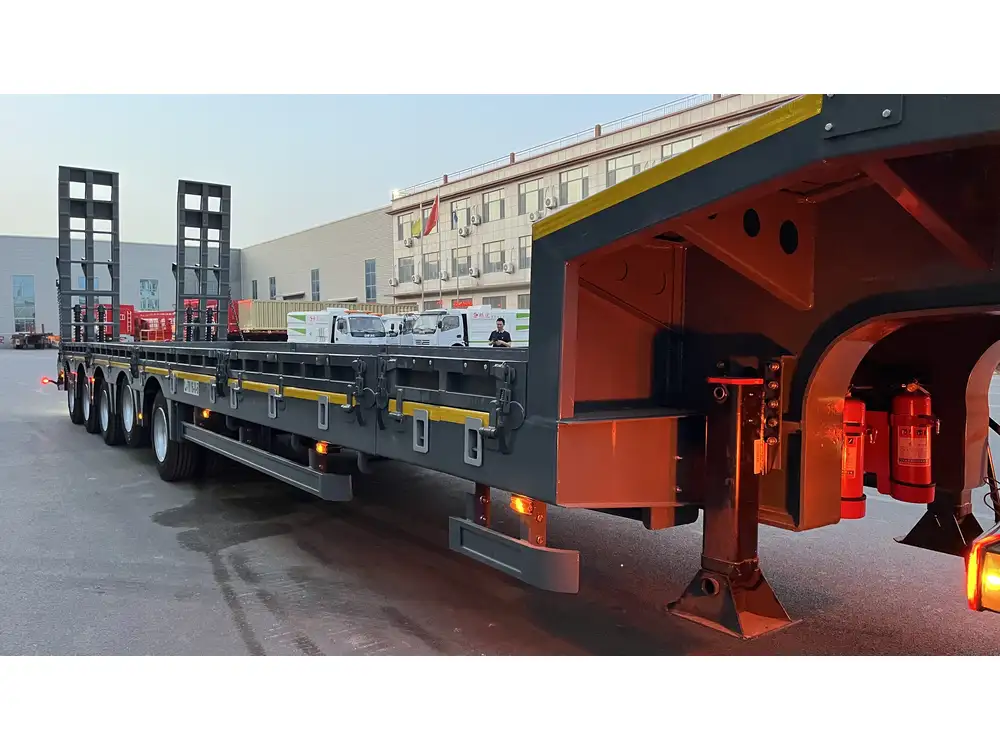
Common Challenges and Solutions
- Material Buildup: If materials continue to stick, consider enhancing bed slopes to promote gravity-assisted unloading.
- Weather Impact: Wet or icy conditions can compromise slipperiness. Materials like rubberized liners perform better in these scenarios.
- Cost Constraints: Budget constraints can be combated by performing DIY installations for simpler methods like oil or lubricants.
Frequently Asked Questions
What materials are best for a permanent slippery surface?
Polyethylene and non-stick coatings are often the most recommended choices due to their durability and effectiveness.
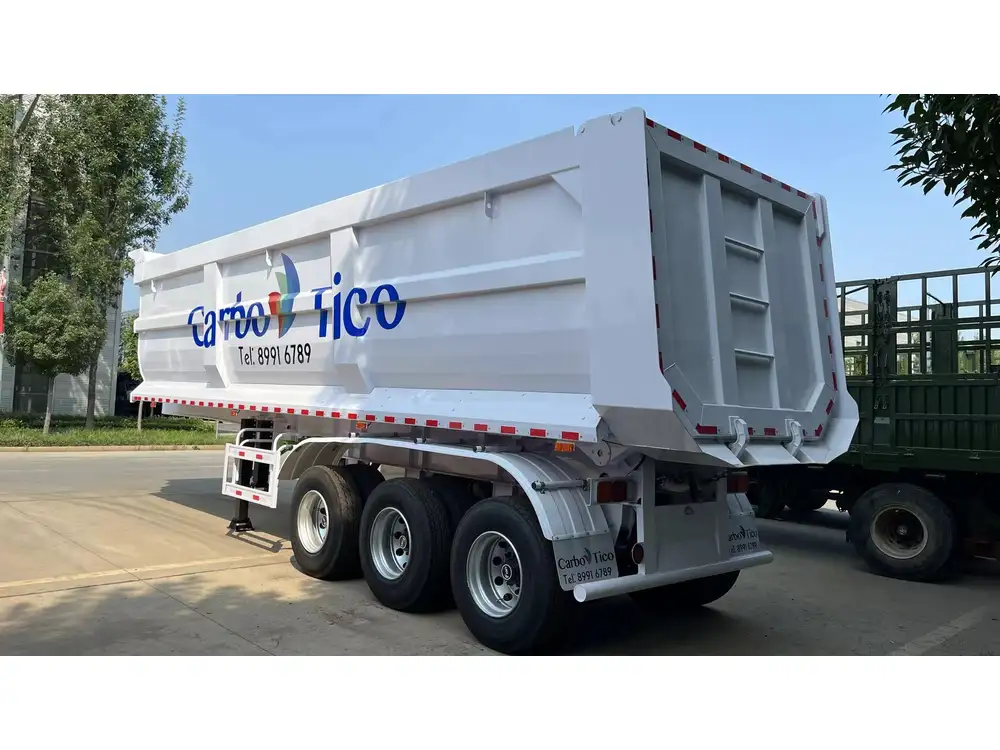
How often should I reapply lubricants?
Frequency depends on use, but a good rule of thumb is every 1-2 weeks with regular heavy use.
Can I combine methods for greater efficiency?
Yes, using a combination of methods can optimize performance. For instance, applying a non-stick coating over polyethylene sheets can give added benefits.
Is it safe to use my dump trailer after applying new slippery materials?
Yes, but ensure that the materials are fully cured or set before active use to avoid accidents and assure effectiveness.
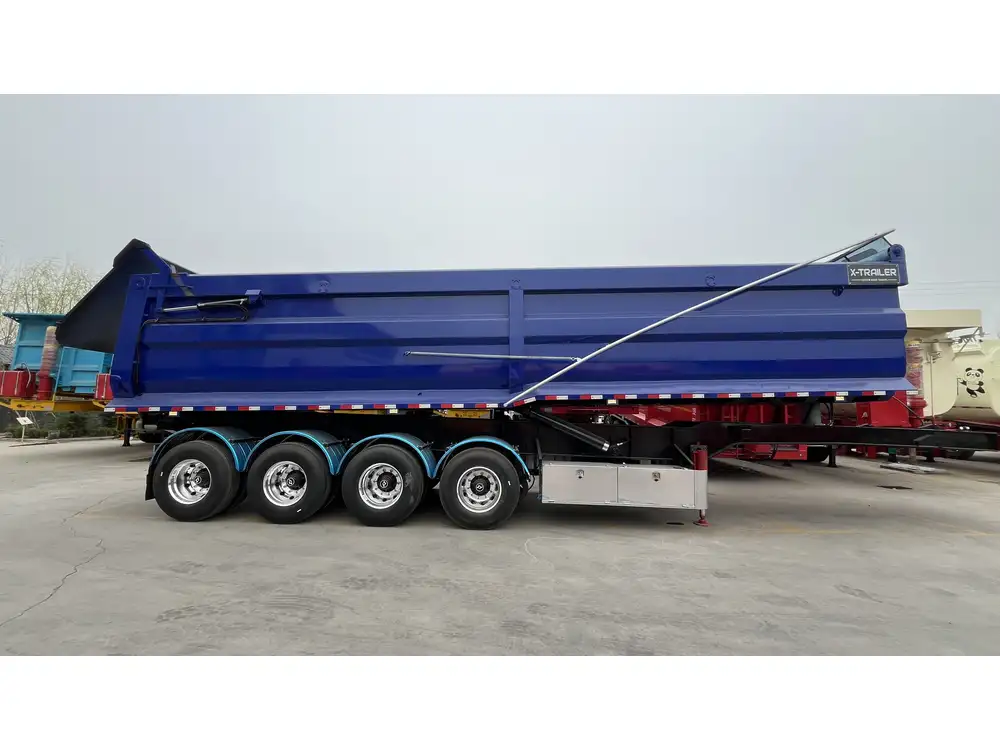
Conclusion
Making a dump trailer slippery is not only a matter of convenience; it enhances operational efficiency and safety. By understanding the various methods and materials available, one can select the most appropriate solution tailored to their specific needs.
To optimize your dump trailer’s functionality, thoughtful planning and regular maintenance are essential. By implementing these strategies, you can ensure that your dump trailer remains a valuable asset in your hauling operations, effectively reducing downtime and enhancing productivity.



